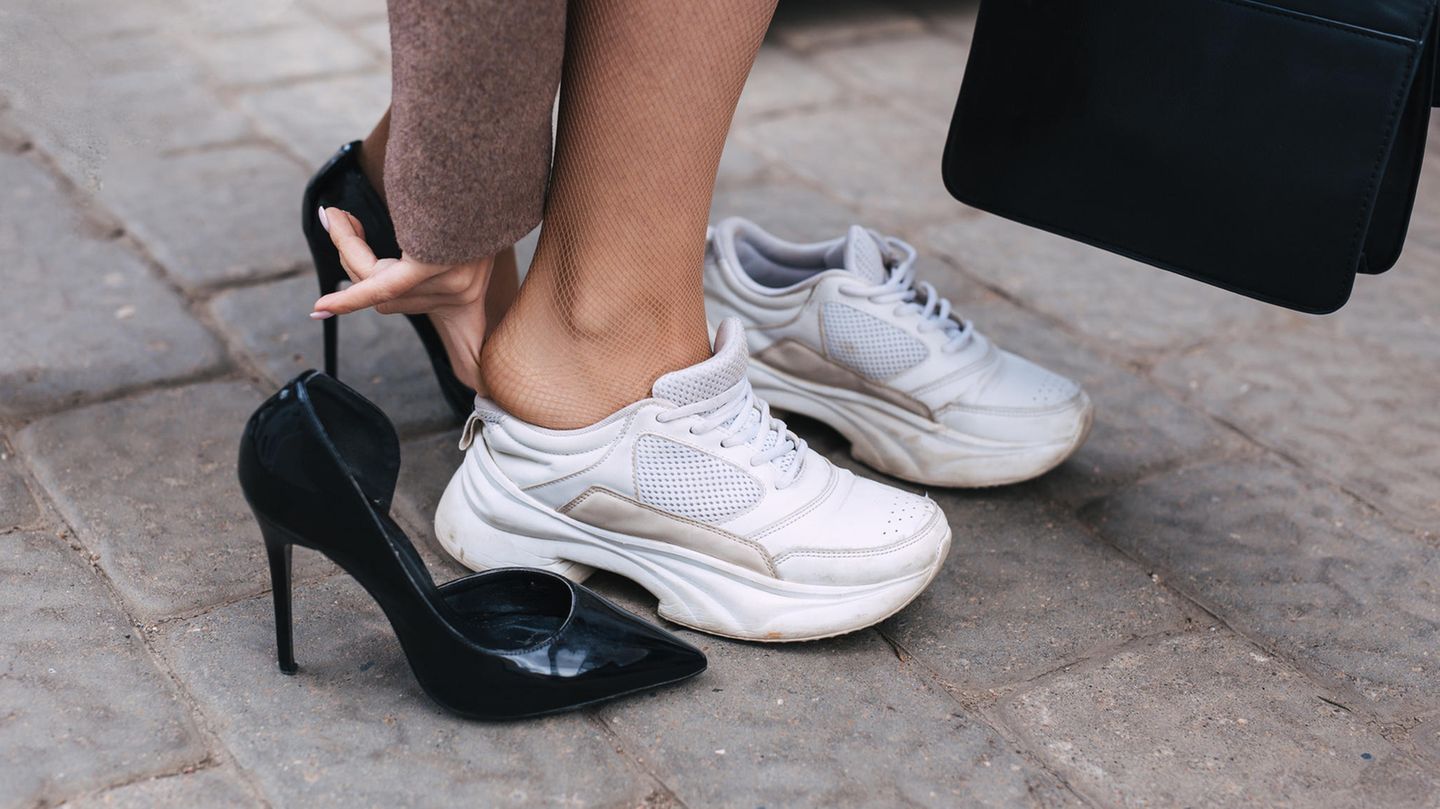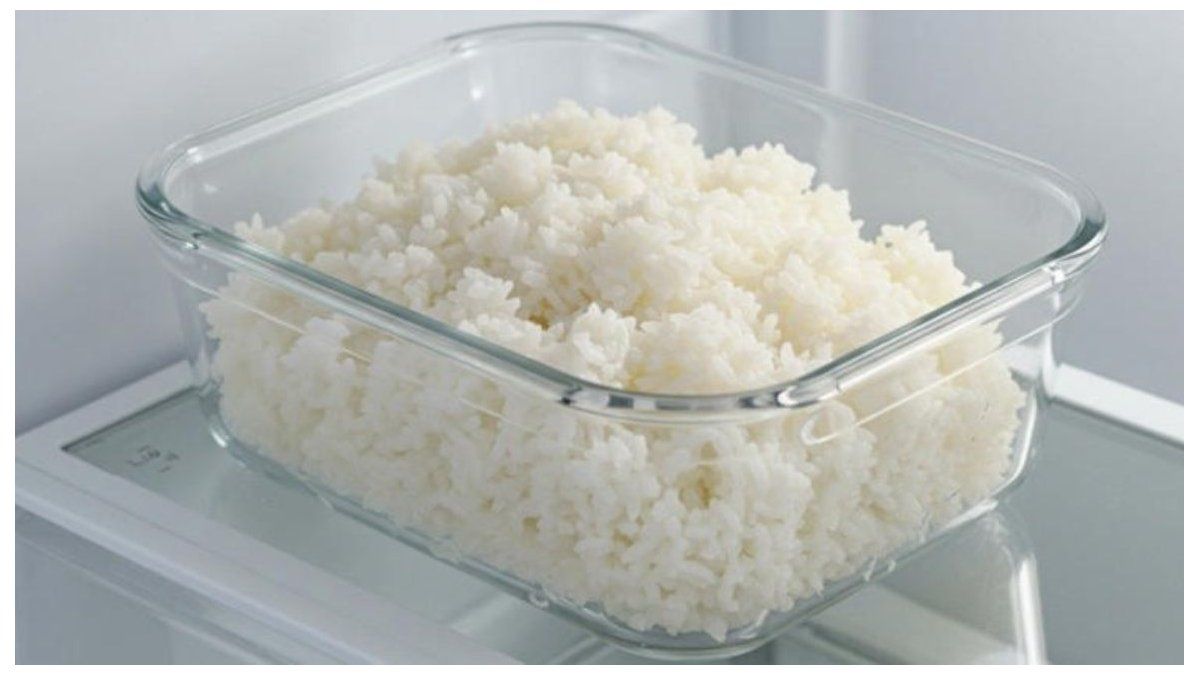Interview
Women buy an average of six pairs of new shoes a year. And the heels are getting flatter. An interview with the art historian Kerstin Merkel about high heels, barefoot shoes, eroticism and power
Ms. Merkel, if you look around, you get the impression that more and more women are coming off high heels. They wear sneakers instead of stilettos.
We are currently breaking away from viewing habits that have shaped us for more than 300 years. In the 18th century it became common for women to wear high heels with dresses. That was a social code. But that dissolves. It struck me for the first time about ten years ago that women in metropolises like New York are very dynamic and brisk on sneakers. Women want to be flexible. I can see that here in Beijing, where I currently live.
On average, women are shorter than men. Don’t high heels also give you confidence?
No longer to the extent that it may have been in the past. Young women in particular are parting with high heels, they need freedom and mobility. And for this they need comfortable shoes in which they can move. In the women’s movement of the 1970s, it was still hotly debated whether or not emancipated women were allowed to wear high heels. But it was less about health and more about the fact that high heels are an erotic signal.
They still are today, right?

Yes, but erotic signals don’t fall from the sky. They were brought up to us and are changeable. In 100 years we will probably laugh at the fact that we women have worn shoes like this for so long. The willingness with which women torment themselves and inflict pain is great – including breast enlargements or the splattering of wrinkles – but not infinite.
What examples from history can you think of?
Women have separated from everything that made them immobile: trains, expensive silks, impractical puffed sleeves that reach to the floor, the corset. The tight lacing has deformed and seriously damaged the female body. It happened that ribs broke and pierced the lungs. Organs atrophied, the women fainted because they could barely breathe.
Wasn’t this ideal of beauty more of a problem for queens and wealthy citizens?
Not having to move was a signal of wealth and power. Look, I can afford the luxury of sitting down. I am not a farmer, a maid, or a driver.
Today women race through their everyday lives – from the office to daycare, to the gym, to the kitchen, to the club. No more sedan chairs come and carry them through life.
Today women need stability, the secure feeling of standing on their own two feet and not wavering. This is why minimal shoes are a great invention.
In conservative industries, however, high heels are still part of the female dress code. Doesn’t that change anything?
If you watch American shows like Suits, women’s qualification is still to walk down long hallways in high heels and look great doing it. This is a male gaze that is still very formative in some industries and cultures. In Japan, women recently protested against having to wear high heels in the office. But the labor minister denied her petition, saying the high heels were “necessary” and “appropriate”. That would be inconceivable in the Western culture.
Jane Stock is a technology author, who has written for 24 Hours World. She writes about the latest in technology news and trends, and is always on the lookout for new and innovative ways to improve his audience’s experience.




